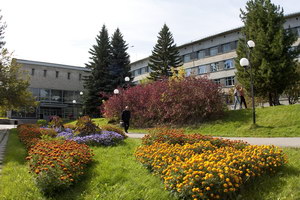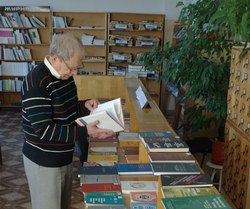Atmospheric protection technologies for coal thermal power plants in eastern regions of Russia

Environmental problems of thermal power plants in the eastern regions of Russia are associated with emission of a significant amount of pollutants into the atmosphere. In recent years, documents have been adopted in Russia at the government level concerning the introduction of modern innovative technologies in all industries, including the energy sector. On July 1, 2018, a reference book of the best available technologies became operative. This reference book contains a list and analysis of the best available technologies for large coal-fired heat power plants, including atmospheric protection measures. For large thermal power plants, three pollutants are primarily considered: particulate matter, nitrogen oxides and sulfur dioxide. For each of them, the article discusses the best available technologies for reducing emissions into the atmosphere. The atmospheric protection technologies include technologies of the preliminary preparation of fossil fuel for combustion as well as technical purification systems of each pollutant. Sulphur dioxide is the main impurity of emission from coal-fired thermal power plants, and one of the attractive ways to reduce its emissions is the thermal preparation of coal before combustion. This technology has been experimentally tested at ESI SB RAS. This article discusses preliminary estimates and calculated emissions obtained. © Published under licence by IOP Publishing Ltd.
Библиографическая ссылка
Maysyuk E.P., Rjepka E.A. Atmospheric protection technologies for coal thermal power plants in eastern regions of Russia // IOP Conference Series: Earth and Environmental Science. Vol.381. No.1. ID: 012062. 2019. DOI: 10.1088/1755-1315/381/1/012062



